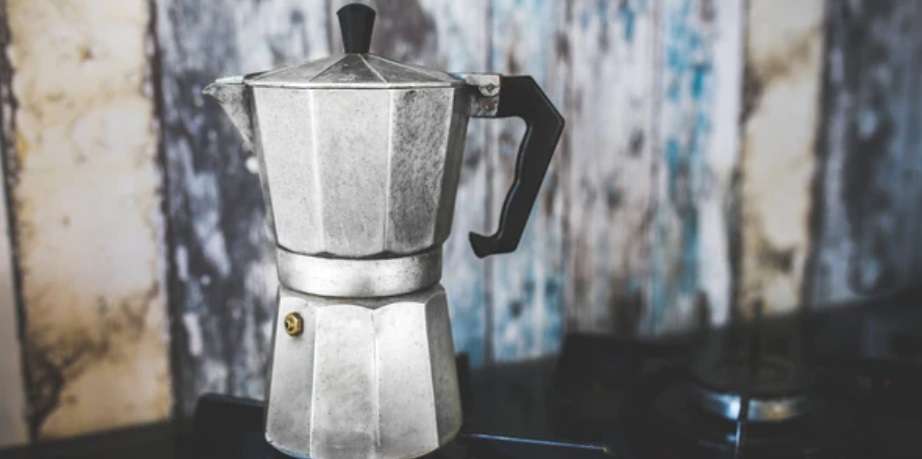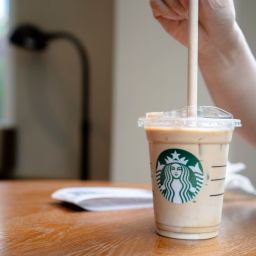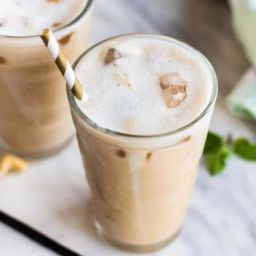
When it comes to brewing coffee, the devil is in the details—or, more accurately, in the ratio. The art of making the perfect cup of coffee transcends mere tradition; it’s about mastering the delicate balance between coffee and water, especially when using a percolator. This brewing method, beloved for its rich and robust flavor profile, demands attention to the coffee-to-water ratio to ensure each sip is as satisfying as intended.
Getting this ratio right is not just a step in the process; it’s the foundation of the entire brewing experience. Whether you’re a morning person who needs that first cup to start your day or a connoisseur seeking the depths of coffee’s complex flavors, understanding how much coffee to use in a percolator is crucial. Let’s dive into the specifics of finding that perfect balance, ensuring your brew is never too weak or overpoweringly strong, but just right.
How Much Coffee To Use In A Percolator
The key to unlocking the full potential of your percolator coffee lies in mastering the coffee-to-water ratio. As a starting point, the golden rule is to use 1 tablespoon of coarsely ground coffee for every 8 ounces (about a cup) of water. This ratio is tailored for those who enjoy their brew on the stronger side, delivering a rich and full-bodied flavor typical of percolated coffee.
However, coffee is a personal affair, and taste preferences vary widely. If you find the brew too bold for your liking, don’t hesitate to dial back the coffee a bit. Conversely, if you’re after a more intense experience, feel free to add a bit more. Remember, the type of percolator (electric or stovetop) can also play a role in the nuances of your brew, with electric models sometimes requiring slight adjustments to the ratio.
Key Takeaways
- Importance of coffee-to-water ratio for optimal strength and flavor: Finding the perfect balance between coffee and water is crucial for achieving the desired strength and flavor in your brew. This ratio is foundational to the percolation process and directly influences the quality of your coffee.
- Distinctions between electric and stovetop percolators and their impact on coffee quantity: Electric and stovetop percolators operate differently, which can affect how much coffee you use. Electric percolators might require slight adjustments to the coffee-to-water ratio compared to stovetop models due to their efficiency in brewing.
- Effects of coffee grind size on percolation quality: The coarseness of your coffee grind plays a significant role in the percolation process. A coarse grind is ideal for preventing grounds from seeping through the basket and into your brew, ensuring a clear and flavorful cup.
- Recommended brewing time for percolator coffee: To avoid over-extraction, which can lead to bitterness, or under-extraction, resulting in a weak brew, the brewing time should be carefully monitored. Generally, 7 to 10 minutes is recommended, depending on the desired strength.
- How to adjust coffee quantity for large servings: When preparing coffee for larger groups, adjust the coffee quantity accordingly while maintaining the recommended coffee-to-water ratio. This ensures consistent strength and flavor, even in larger batches.
Types of Percolators and Their Impact
Navigating the world of coffee percolators can feel like a journey through an aromatic jungle. At the heart of this exploration are two main types of percolators: electric and stovetop. Understanding the nuances of each can significantly influence your brewing process and, ultimately, the taste of your coffee.
Electric Percolators: These modern marvels automate much of the brewing process, regulating temperature and brewing time with precision. They’re known for their consistency and ease of use. Because of their efficiency in heating water and extracting flavor, electric percolators might require a slight adjustment to the coffee quantity used. They’re perfect for those seeking convenience without compromising on the quality of their brew.
Stovetop Percolators: Echoing the traditional method of brewing coffee, stovetop percolators bring a hands-on approach to the process. They offer control over the brewing temperature and allow for adjustments based on personal taste preferences. However, this type of percolator demands more attention to detail, especially in managing the heat source to avoid over or under-brewing the coffee. The quantity of coffee used may need to be adjusted based on the heat intensity and duration of brewing.
Ideal Coffee-to-Water Ratio
Navigating the perfect coffee-to-water ratio is a bit like crafting a magic potion. The general consensus for a robust brew in a percolator is to start with 1 tablespoon of coffee for every 8 ounces (about 1 cup) of water. This ratio is your golden ticket to a strong, invigorating cup that percolator enthusiasts swear by.
But here’s where the personal touch comes in: not everyone’s taste buds dance to the same tune. Depending on whether you prefer your coffee to gently wake you up or give you a bold jolt, you’ll want to tweak this ratio. If a milder brew is what you’re after, reducing the coffee just a tad below the standard tablespoon per cup will do the trick. On the flip side, for those mornings when you need an extra kick, feel free to add a bit more coffee.
Electric and stovetop percolators also play into this equation. Electric percolators tend to be more efficient at extracting flavor, so you might find yourself using a slightly lesser amount of coffee compared to the stovetop variety, which offers a bit more flexibility in adjusting heat and brew strength on the fly.
The Importance of Coffee Grind Size
The grind size of your coffee beans is like the secret ingredient in your brewing process. When it comes to percolators, the coarseness of your grind is non-negotiable. Aim for a coarse grind, akin to chunky sea salt, to ensure a smooth percolation without any coffee particles sneaking into your cup.
Why does this matter? A coarse grind allows water to flow freely through the coffee grounds, extracting the flavors and oils just right without overdoing it. Too fine, and you risk a bitter brew with an unwelcome gritty texture, as the grounds can slip through the basket and into your coffee. Too coarse, and the water might not be able to extract all the coffee’s goodness, leading to a brew that’s weak and underwhelming.
This principle holds true across both electric and stovetop percolators. While electric models are designed to regulate temperature and brewing time for optimal extraction, the stovetop percolators rely on your vigilance to prevent overheating or under-brewing. In both cases, the grind size is crucial to achieving that perfect cup.
Brewing Time and Temperature
For that perfect percolator coffee, timing and temperature are everything. Aim for a brewing time between 7 to 10 minutes. This sweet spot allows the water to extract the coffee’s flavors and aromas without going into bitter over-extraction territory. Electric percolators might cut down the guesswork by automating the process, but if you’re using a stovetop percolator, keeping an eye on the clock is key.
As for temperature, you want your water hot but not boiling. The ideal range is around 195°F to 205°F. This ensures that the extraction process is efficient, pulling out all the right flavors without scalding the coffee. Electric percolators manage this for you, but on the stove, you’ll need to find that gentle simmer and avoid letting the water come to a full boil.
FAQ
- What’s the ideal grind size for a percolator? Aim for a coarse grind, similar to coarse sea salt, to prevent grounds from slipping through the basket.
- How does percolator coffee differ from drip coffee? Percolator coffee tends to be bolder and stronger, as the water passes through the coffee multiple times, while drip coffee is made by water passing through the coffee just once, often resulting in a smoother flavor.
- How should I clean my percolator? After use, disassemble and rinse all parts with warm soapy water. For a deeper clean, especially to remove oil build-up, use a mix of water and vinegar and run it through a brewing cycle, followed by a few cycles of plain water to rinse.
Final Thoughts
Mastering the perfect percolator coffee is an art that combines the right coffee-to-water ratio, the ideal grind size, and precise brewing parameters. Whether you lean towards a strong, bold cup or prefer something a bit milder, understanding these elements allows you to tailor each brew to your liking. With a little practice and patience, you’ll unlock the full potential of your percolator, turning your coffee routine into a ritual you cherish.









